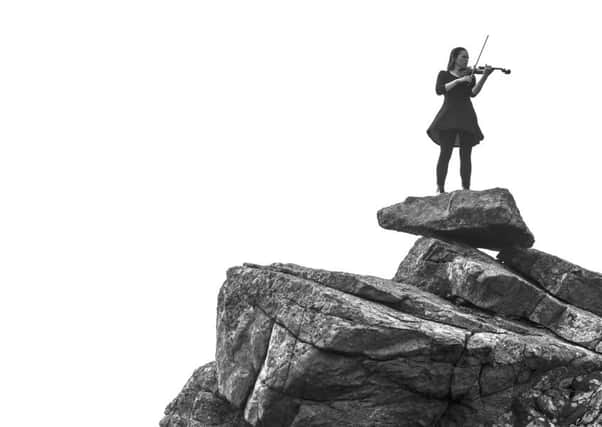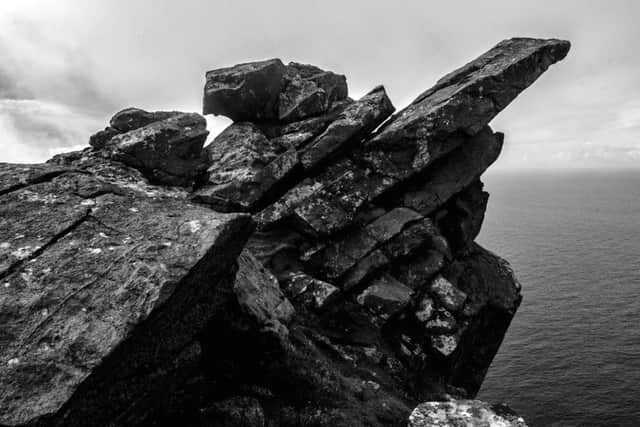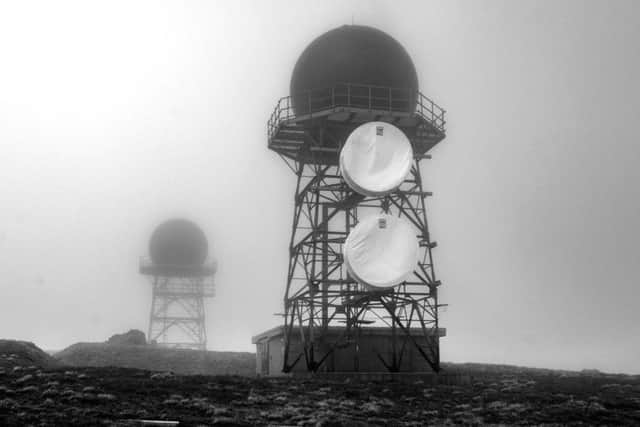New images cast light on history of Scotland's remote St Kilda islands


Photographer Alex Boyd had ventured to the island, which sits around 44 miles from its nearest neighbour in the Outer Hebrides, to satisfy his lifelong curiosity about the archipelago.
He was raised with a two-sided tale of St Kilda from relatives who depicted it not only as a place of stunning landscape and deep heritage but also as an outpost for the military and scientific community.
Advertisement
Hide AdIn his new book, St Kilda: The Silent Islands, Mr Boyd examines the island on both fronts and pays tribute to its past while offering a rare 21st century angle on St Kilda, which was evacuated by its permanent population in 1930 as living conditions got too tough.


Mr Boyd, 34, who is based in Glasgow, said: “I hope the book has given a different perspective of St Kilda.
“I made multiple visits to the island but the first time I went for a day. I think most people would spend time walking around the ruins of the village but I got off the boat and I wasn’t really interested in that.


“That aspect has been very well documented and so much of that information is out there already. I felt a I had seen that. I headed straight to the hills to look at the military installation.”
The Ministry of the Defence (MoD) has had a missile tracking facility on the isle since 1957. It supports radar heads which track launches from the Hebrides Missile Range on Benbecula.
The base, which is operated now by QinetiQ on behalf of the MOD, is now being rebuilt with contractors coming to and from the island. During the busiest times, up to 60 people can be staying on Hirta, the largest island in the archipelago, with military helicopters making food deliveries twice a week.
Advertisement
Hide AdMr Boyd, who travelled to St Kilda with composer Jessica Danz, said: “I think a lot of people go to Village Bay and they are quite shocked that there is a three-storey power station and a huge diesel generator there. You never see that in the photographs. All around the village there are pieces of radar and telecommunication equipment. When you get off the boat, there are often military jeeps and helicopters.
“When I was there they were doing a weapons test from the mainland towards Hirta. That is the kind of thing you don’t tend to see or hear about.
Advertisement
Hide Ad“You need the military to get access to the island and that is the reality. The military help to conserve the island by having a presence there. You need this complex relationship to make Hirta work.”
National Trust for Scotland, which owns St Kilda, a UNESCO World Heritage Site, also has a small presence on Hirta with scientists with the Soay Sheep Project also using the island as a base.
Mr Boyd first became interested in St Kilda given a relative’s experience as a National Trust for Scotland volunteer during the 1960s.
He said: “He was an amazing man, he taught himself Gaelic and he was a keen photographer. He had a romantic view of St Kilda and I got the bug from him. My father also had a role to play. I grew up on British Army bases in Germany and he knew people posted to St Kilda. So I had these two stories about St Kilda, one of this beautiful remote place with a history and the other of this new working community of soldiers and scientists.”
Mr Boyd used a camera once owned by photographer and land-access reform campaigner Faye Godwin for the collection.
He described her as an early influence “that helped me to really focus more on the wider issues facing our landscapes”.
Advertisement
Hide AdHe added: “She showed me that it wasn’t enough to simply make an image of a place, but to also try to get under the surface of that place.”
Mr Boyd will discuss St Kilda: The Silent Islands at Faclan Book Festival, An Lanntair, Stornoway on 31 October, 2018.
